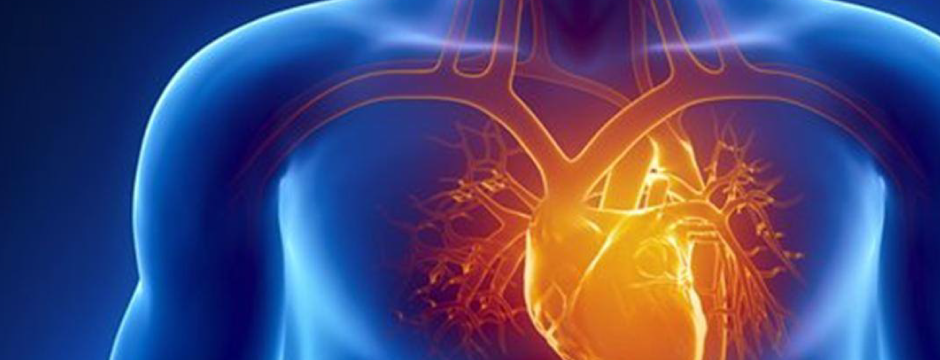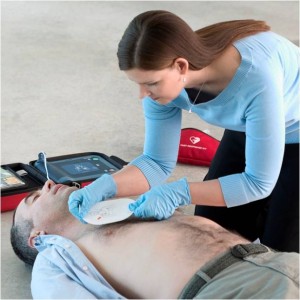One of the areas Employers For Better Health is very passionate about is preventing deaths from sudden cardiac arrest. Their goal is to encourage employers to make automated external defibrillators (AEDs) and heart saver CPR training available in the workplace.
What is Sudden Cardiac Arrest?
Sudden cardiac arrest (SCA) is a condition in which the heart suddenly and unexpectedly stops beating. If this happens, blood stops flowing to the brain and other vital organs. SCA usually causes death if it’s not treated within minutes.
Overview
To understand SCA, it helps to understand how the heart works. The heart has an electrical system that controls the rate and rhythm of the heartbeat. Problems with the heart’s electrical system can cause irregular heartbeats called arrhythmias.
There are many types of arrhythmias. During an arrhythmia, the heart can beat too fast, too slow, or with an irregular rhythm. Some arrhythmias can cause the heart to stop pumping blood to the body—these arrhythmias cause SCA.
SCA is not the same as a heart attack. A heart attack occurs if blood flow to part of the heart muscle is blocked. During a heart attack, the heart usually doesn’t suddenly stop beating. SCA, however, may happen after or during recovery from a heart attack.
People who have heart disease are at higher risk for SCA. However, SCA can happen in people who appear healthy and have no known heart disease or other risk factors for SCA.
Prevention

Automated external defibrillators (AEDs) can be used by bystanders to save the lives of people who are having SCA.
Most people who have SCA die from it—often within minutes. Rapid treatment of SCA with an automated external defibrillator (AED) can mean the difference between life and death.
An AED is a portable device that checks the heart rhythm and can send an electric shock to the heart to try to restore a normal rhythm.
AED’s have come down if price over the last few years. It cost about $1500 per AED which includes the training to use it.
It takes about an hour to train employees to use an AED. It’s recommended at least a few employees have CPR/AED training and that takes 3 hours at around $45 per employee.
Additional Statistics:
- Sudden Cardiac Arrest (SCA) causes a death every 1.7 seconds
- SCA is the most frequent #1 killer of adults
in the U.S. - SCA deaths outnumber those
from lung cancer, breast cancer, prostate
cancer, house fires, hand guns, traffic accidents
and AIDS combined.
Every Minute Counts
For every minute the heart isn’t working, chance of survival goes down 10%. How long does it take to get an AED to a patient? Ask yourself these questions: Do you have an AED? Where is it? Is it maintained and by whom? Are people trained to use it and do CPR?
Chances of survival from cardiac arrest, minutes to defibrillation:


